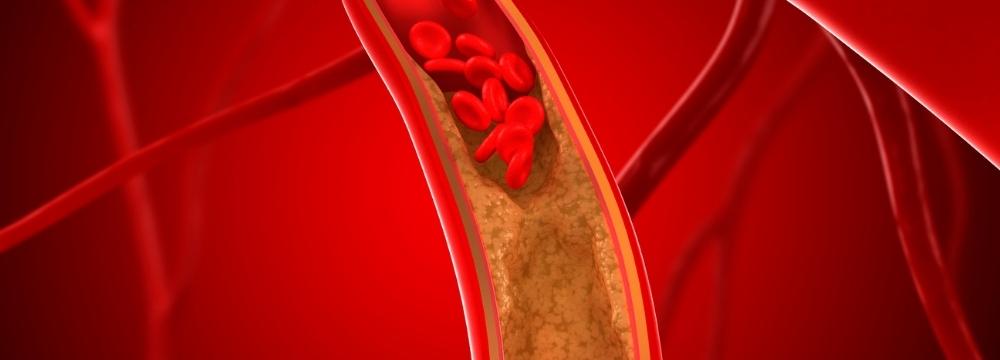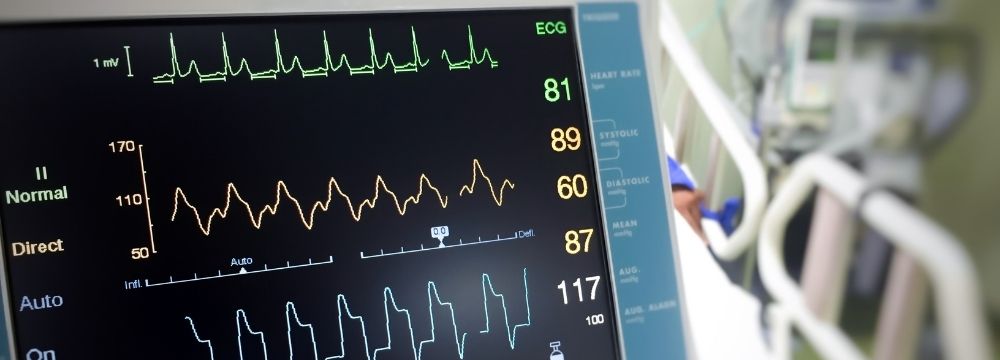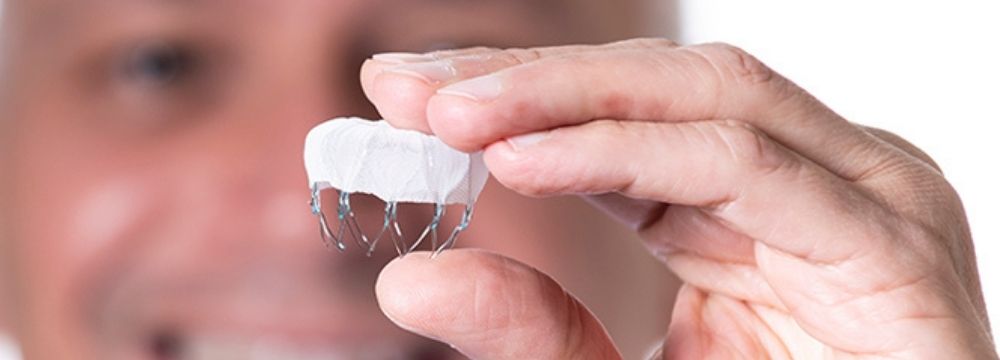
If you are reaching middle age or left that behind a while ago, you have likely had an EKG or electrocardiogram at your annual physical with your primary care physician. If you have visited a cardiologist, you’ve likely had one at their office too. The EKG was a transformative medical device that allowed us, as cardiologists, to accurately track the rhythm of the heart and see if there were any apparent abnormalities. The non-invasive nature of the EKG, such that the test can be administered quickly and inexpensively in any medical setting, offers your physician a great deal of information about the workings of your heart.
Of course, with this excellent and convenient option come some limitations. An EKG is simply a snapshot of your heart’s rhythm at one point in time and cannot give us a longer-term picture. As such, it may not always be the best option when diagnosing heart rhythm disorders known as arrhythmias. A cardiac arrhythmia is a fast (tachycardia) or alternately slow (bradycardia) heartbeat caused by several potential factors. However, one of the hallmarks of arrhythmias, especially early on, is that they often do not present consistently. Known as paroxysmal arrhythmias, these irregular heartbeats can happen once a day, once a week, or once a month in varying degrees of severity. There is no accurate way to predict when the next episode will occur. Patients who come into their primary care physician’s office complaining of heart palpitations may not get a definitive answer because the equipment cannot detect an irregular heartbeat when the patient is not at the office.
The Diagnostic Tools We Use
Cardiologists and electrophysiologists use more advanced, longer-term heart rhythm monitors in response to the limitations of the EKG. These include Holter monitors, event monitors, and loop recorders, which may be carried externally or implanted depending on the patient-specific circumstance. These monitors are incredibly sensitive, but more importantly, they measure the patient’s heart rhythm for days, weeks, or even months. These data are then transmitted to your cardiologist or electrophysiologist for further review.
For particularly difficult or complex diagnoses, we also have the option of an electrophysiology study or EP study. This minimally invasive catheter-based procedure allows us to visualize the heart structures and any potential electrical malfunctions. While only used after other less invasive options have been exhausted, an EP study has a potential secondary benefit. If a treatable arrhythmia is found, our electrophysiologists can often treat it with a cardiac catheter ablation during the same anesthesia episode, improving the risk profile while making it more convenient for the patient.
Most importantly, if you’re experiencing any chest palpitations consistent with atrial fibrillation or other arrhythmias, you must visit your cardiologist or electrophysiologist to get a proper diagnosis and treatment plan. With a combination of effective diagnostic options and potentially curative procedural treatments, most patients can experience partial or complete remission of their symptoms safely and effectively. Of course, if you are experiencing a medical emergency, do not delay calling 911 or visiting your nearest emergency room.





